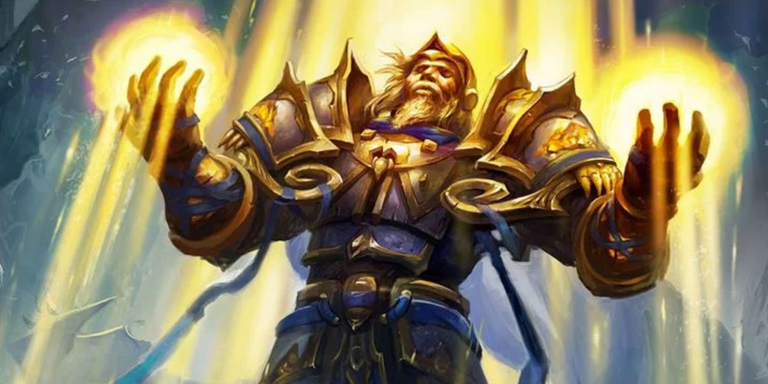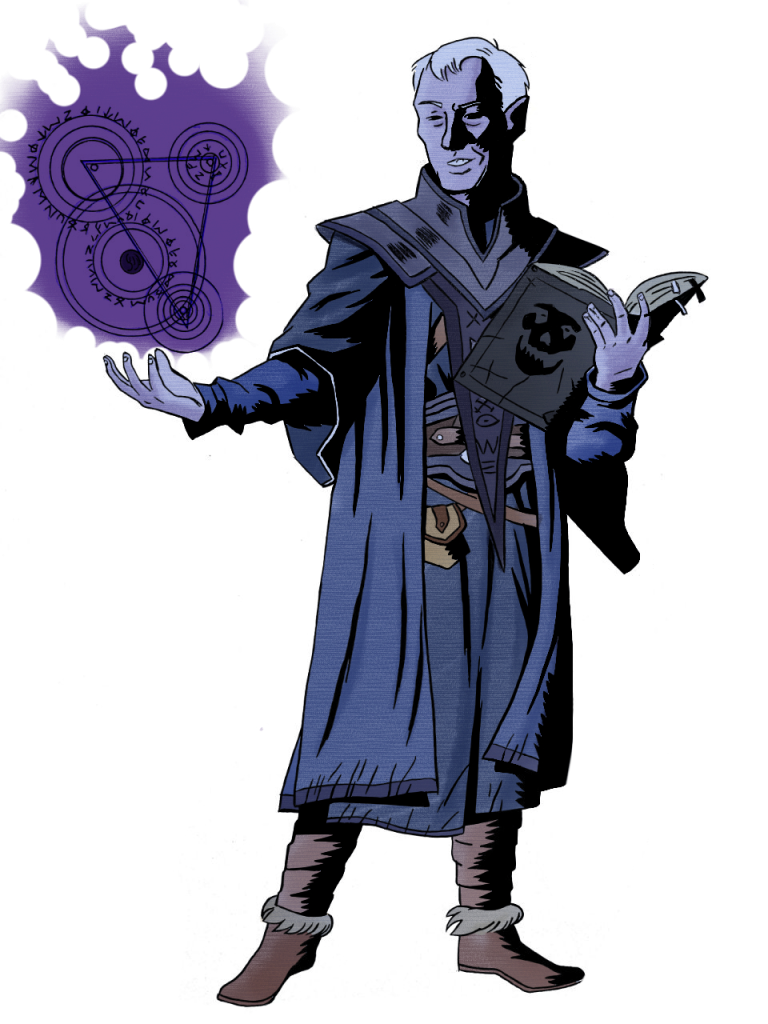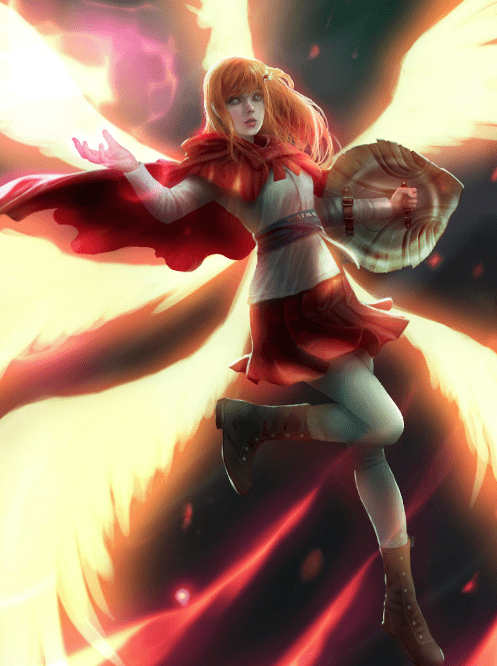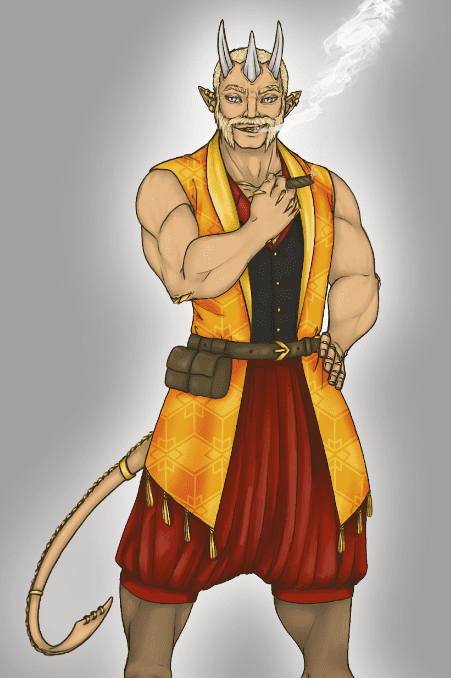D&D 5e: The Solidarity Domain Cleric Guide
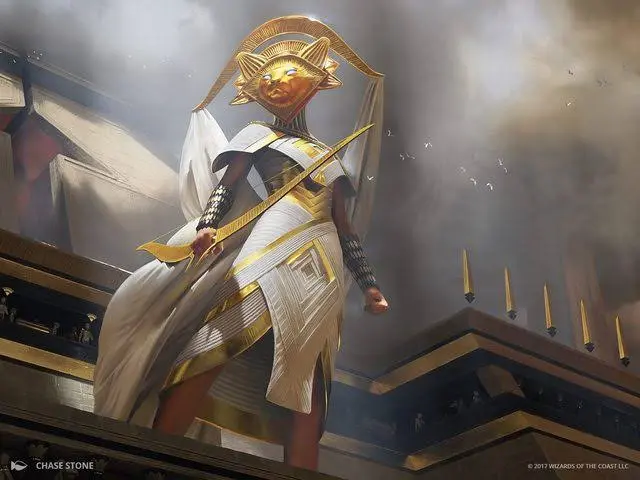
D&D 5e: The Solidarity Domain Cleric Guide
Role in Party
The Solidarity Domain Cleric is not technically an official subclass but can be found in the Planeshift: Amonkhet adventure guide, available for free on dmsguild.com. Planeshift: Amonkhet adapts the Magic the Gathering Amonkhet setting—which draws heavily from ancient Egyptian mythology—into a playable D&D world. This world is populated by specific races, gods, and monsters, and the guide includes distinct backgrounds and cleric subclasses.
If your group is not playing an Amonkhet campaign, be sure to check in with your DM to ensure that the Solidarity Domain Cleric subclass is an acceptable subclass for your game. Because this subclass is incredibly similar to the Life Domain Cleric from the PHB, there shouldn’t be a ton of concern about overpowered features. Still, like the Life Domain Cleric, the Solidarity Domain Cleric is a powerful subclass that can provide robust healing and significant buffs to your party. You’ll also gain features that will make you a powerful melee fighter in your own right, able to hold your head high alongside your party’s monks, barbarians, and fighters.
Solidarity Cleric Features
Solidarity Domain Spells
The Solidarity Domain Cleric gains access to more than a few essential spells. For example, at first level, this subclass gains Bless, which is a huge boon for low-level groups and Guiding Bolt, which packs an amazing punch (4d6 radiant damage) for a first-level spell. At higher levels, you’ll gain Beacon of Hope, which can aid a player in need of healing and making death saving throws, and Mass Cure Wounds, which is a solid AoE healing spell that is useful in combat because it doesn’t take 10 minutes to cast, like Prayer of Healing.
Bonus Proficiency
In addition to the first-level Solidarity Domain Spells, at first level, you’ll also gain proficiency with heavy armor, a requirement for any cleric that plans to be in the thick of the battle.
Solidarity’s Action
With this feature, if you use your action to help an ally attack an enemy, you can also make a weapon attack with a bonus action. Because it requires the use of an action, using Help during combat is rare in most D&D games. But this feature allows you to gift advantage to a companion without forgoing your chance to attack. Using this feature requires you to be within melee range of an enemy, but with the additional heavy armor proficiency that this class provides, melee combat is likely going to be your happy place.
Channel Divinity: Preserve Life
The Preserve Life Channel Divinity feature for Solidarity Domain Clerics is the same as it is for Life Domain Clerics. It allows you to heal any number of creatures within 30 feet of you for a number of hit points equal to five times your cleric level. A solid feature at lower levels, Preserve Life becomes incredibly powerful as you gain more cleric levels, and you’ll find it especially useful in fights where you need to revitalize several wounded party members or bring back multiple companions from unconsciousness.
Channel Divinity: Oketra’s Blessing
The Oketra’s Blessing Channel Divinity feature for Solidarity Domain Clerics is the same as it is for War Domain Clerics. In the latter subclass, this feature is called War God’s Blessing. This feature allows you to use a reaction to bestow a +10 bonus to any creature of your choosing who makes an attack roll within 30 feet of you.
Gaining the feature at level six makes your blessing more powerful than a Bardic Inspiration, which applies to more types of rolls but is only a d8 at level 6 and can result in a low roll. Pretty much all of the creatures you’ll be fighting in Tier 2 (levels 5-10) and many in Tier 3 (levels 11-16) will have an AC unable to withstand a +10 bonus (plus whatever bonuses you’ll gain from your abilities and/or weapons), so this ability will be clutch when your group needs to land a combat-changing blow.
Divine Strike
The Solidarity Domain Cleric’s Divine Strike is similar to the Life Domain Cleric’s ability except that it boosts weapon, not necessarily radiant, damage. This is a bit of a loss because so few monsters resist or are immune to radiant damage, but it is a decent (1d8) damage boost nonetheless, and it increases to 2d8 at level 14. At this point in your cleric’s development, you’ll be doing your god’s work as a fighter—being extra tanky in your heavy armor, aiding allies in combat by giving them advantage on their rolls, and landing your painful hits with Divine Strike.
Supreme Healing
The Supreme Healing is another feature the Solidarity Domain Cleric shares with the PHB’s Life Domain Cleric, and it makes you the Captain of Cures. In circumstances when you would normally roll dice to restore hit points with a spell, you instead get to use the highest possible number for each roll. That means if you’re casting Mass Cure Wounds, instead of rolling 3d8, you simply give everyone that you targeted 24 hit points plus your spellcasting ability modifier. No more healing spells wasted with unlucky dice rolls, baby!
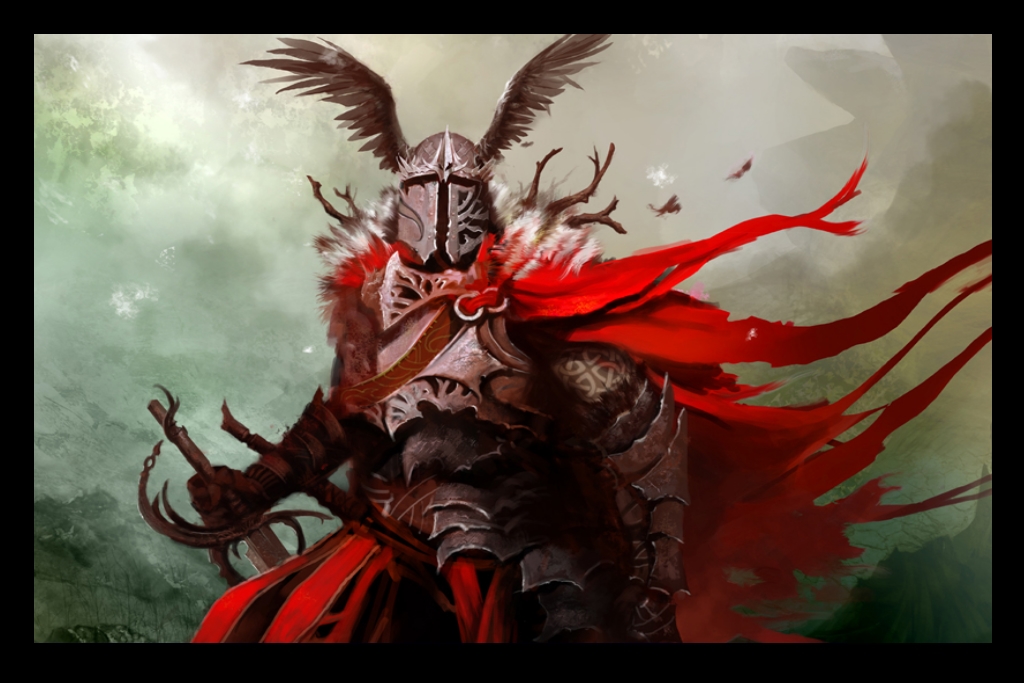
Strengths
This subclass combines two of the classic cleric abilities: robust healing powers and the durability to withstand melee combat. If you’re looking to play a full spellcaster that can stand in the thick of a fight, then the Solidarity Domain Cleric might be just the subclass you’ve been waiting for.
Weaknesses
Perhaps the main weakness with this subclass is that you might not be able to play it. If you’re participating in any D&D organized play, like the Adventurers League, this subclass will not be available to you. If you do want to play something like it, go for the Life Domain (for a hyped-up healer cleric) or the War Domain (for a tough tanky cleric) cleric subclass from the PHB.
Best Race Options
High Elf — Elves offer boosts to Dexterity, Darkvision, proficiency in Perception (one of the most useful skills), advantage against being charmed, and immunity to being put to sleep. High Elves offer additional perks for a cleric, including two martial weapon proficiencies (longsword and longbow), and an Intelligence boost of 1. Your typical cleric could take or leave most of these bonuses, but the real benefit a High Elf brings to a Solidarity Domain Cleric is the wizard cantrip they gain from this subrace. By taking Booming Blade as your cantrip, you’ll increase your melee combat skills, and the cantrip will pair well with the Divine Strike feature gained at level 8.
Shadar Kai — If you’re drawn to elves but want something moodier, the Shadar-Kai offers features that also benefit a melee-fighting cleric. Like an Elf, you’ll have proficiency in Perception and advantage against being charmed. Unlike Elves, you’ll gain the Blessing of the Raven Queen, which functions similarly to Misty Step, except that, at third level, after you use your teleport ability, you’ll gain resistance to all damage until the start of your next turn. So you can teleport out of a fight that’s going poorly and resist damage long enough to figure out a retreat on your next turn, or you can teleport into a fight and brush off any blows that come your way before wailing on your enemies.
Choosing the Right Skills
Religion — What’s a cleric without their connection to the almighty deities?
Insight — Insight can be useful for seeing through NPCs’ BS, and you’ll get a natural boost in this ability from your already-high Wisdom score.
Fitting Feats
War Caster — A great option for clerics as they’re often carrying shields or otherwise have both hands occupied. And the advantage on Constitution saving throws is ideal for any spellcaster, especially at higher levels when you’ll be taking more damage from your foes. And, since you’ll often be in melee, the ability to cast a spell as an opportunity attack will come in handy very often.
Fey Touched — Fey Touched is a solid choice for a Solidarity Cleric’s feat, especially one that lives for melee combat. You’ll get a +1 boost to Wisdom, Intelligence, or Charisma, and you gain the Misty Step spell plus one 1st-level divination or enchantment spell.
Optimal Backgrounds
Acolyte — A classic, go-to background for Clerics. The acolyte background offers your character two, solid cleric skills (Religion and Insight), two languages of your choice, and the Shelter of the Faithful feature, which allows you and your party free healing services at any temple or shrine dedicated to your chosen deity.
Vizier — If you’re playing the Plane Shift: Amonkhet setting in which this subclass is found, you might choose the Vizier background. You’ll gain proficiency in History and Religion, plus an artisan’s tools and a musical instrument. You’ll also gain the feature Voice of Authority, which gives you the power to command a little cohort of initiates who serve as champions for your god.
Multiclassing Options
Monk — Clerics are notoriously noisy in their heavy armor. Access to the Monk’s Unarmoured Defense feature will give you a respectable AC without cursing you with a permanent Stealth disadvantage. The Martial Arts feature is less useful, and I would only dip once into Monk because the Ki points rely on unarmed strikes or using your bonus action (which you’ll want to reserve for spells or additional weapon attacks with your Solidarity’s Action feature).
Would I recommend playing a Solidarity Domain Cleric?
If your DM allows it, and you want to play a tough, melee-capable cleric with strong healing powers, then a Solidarity Domain Cleric is the class for you.



